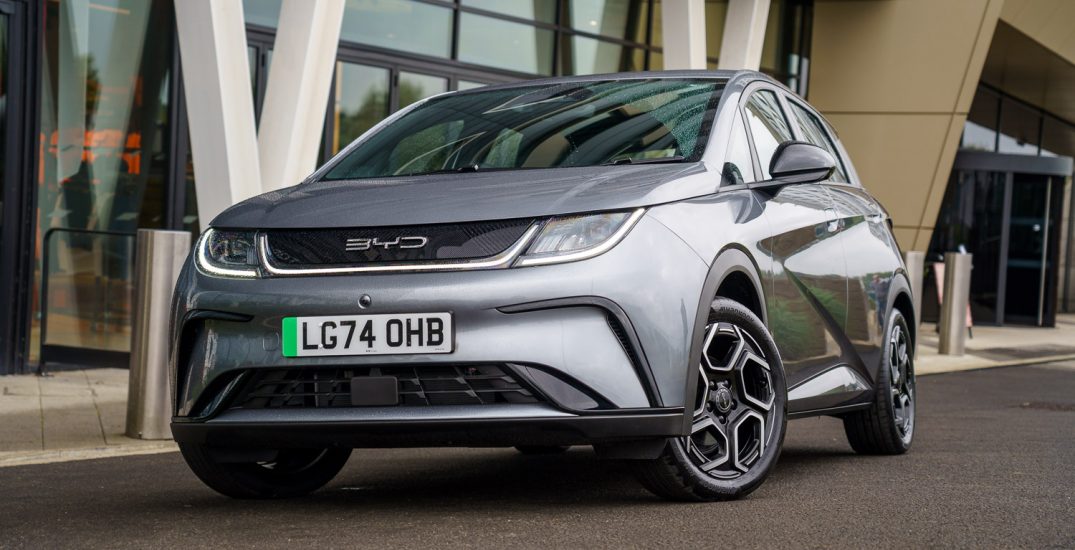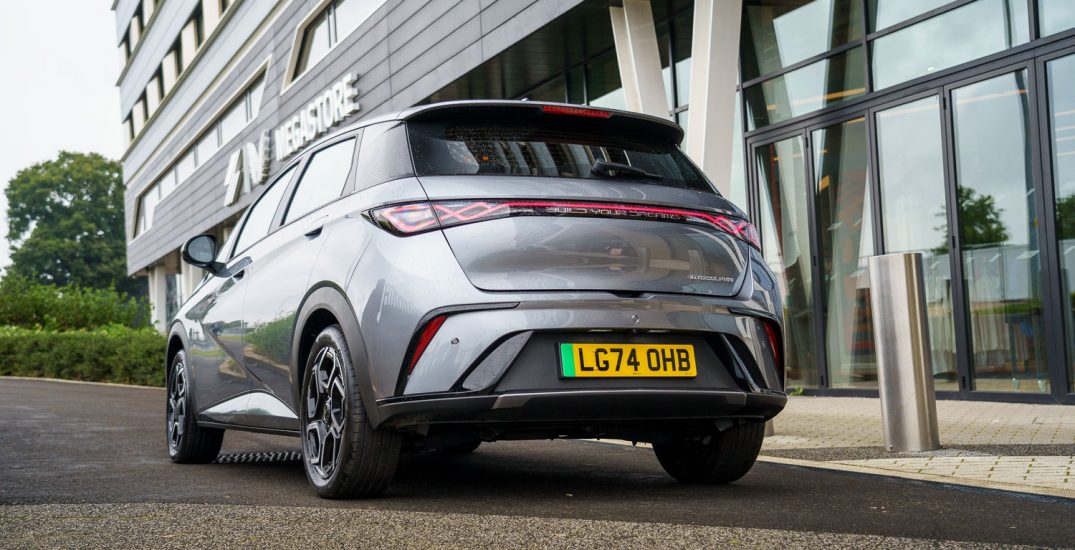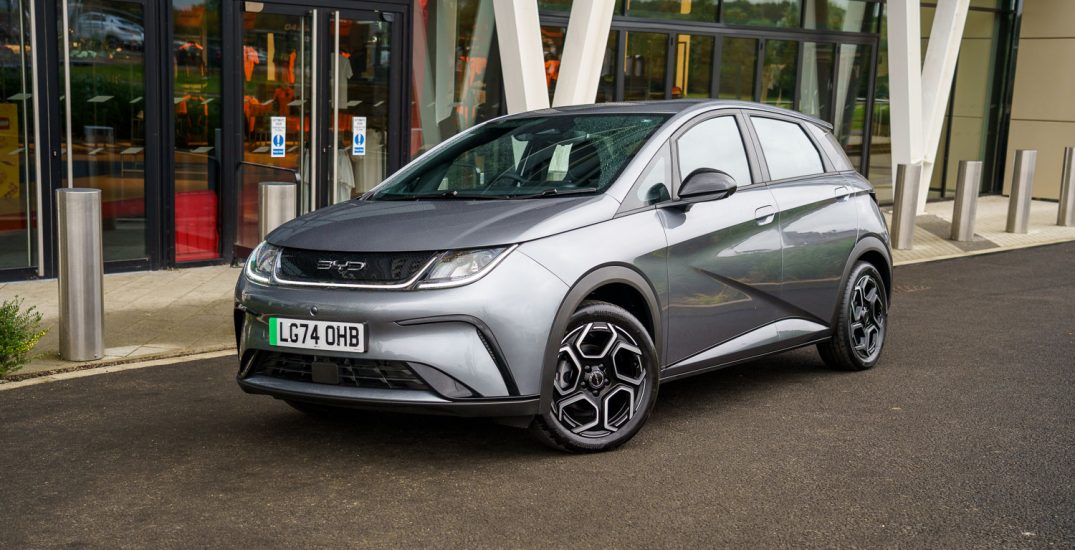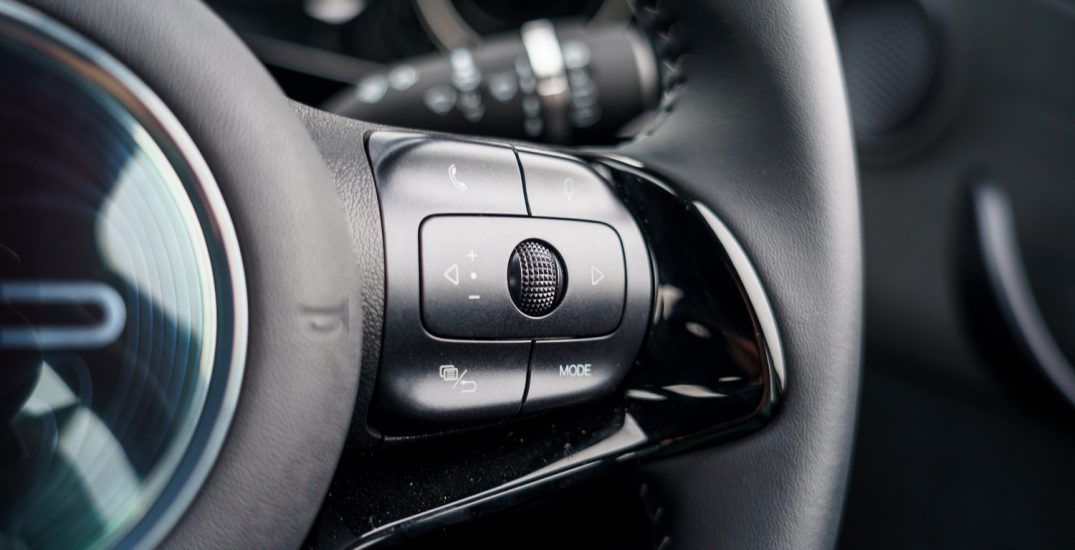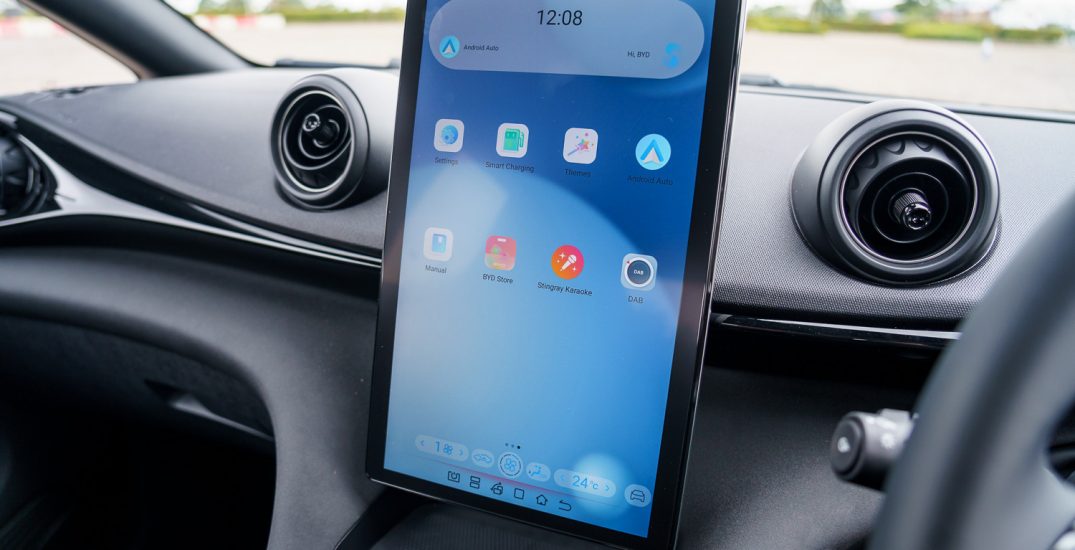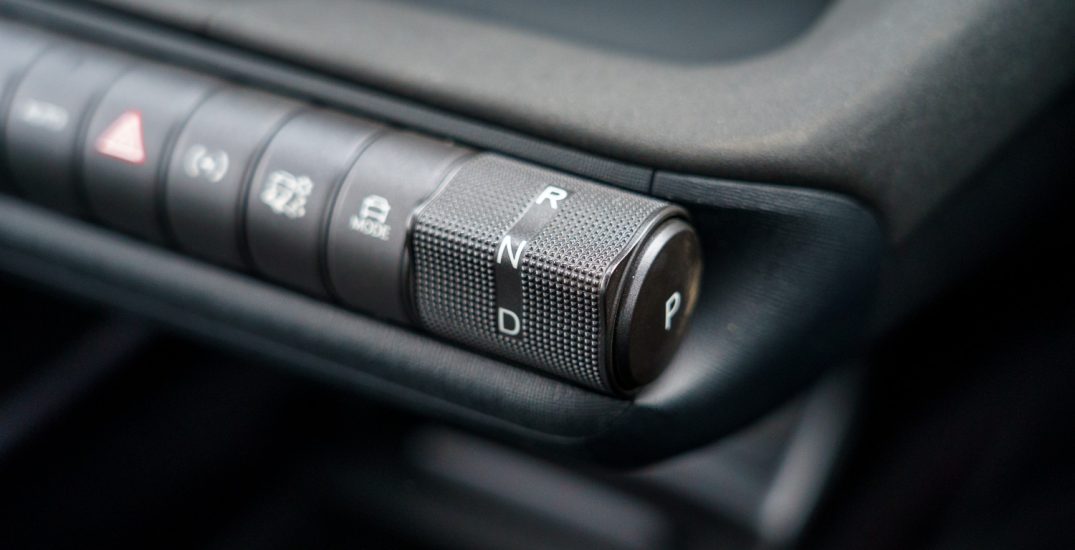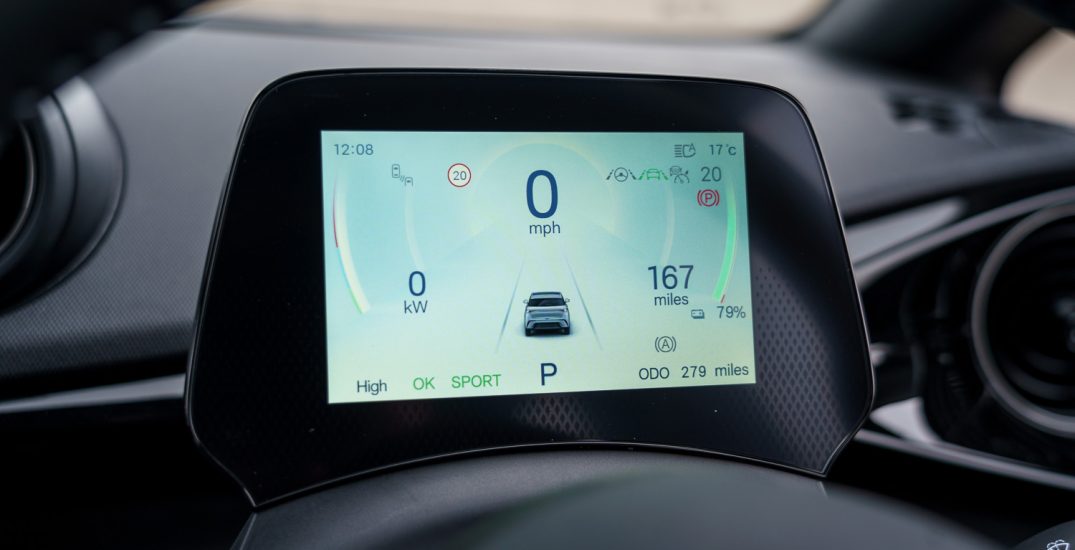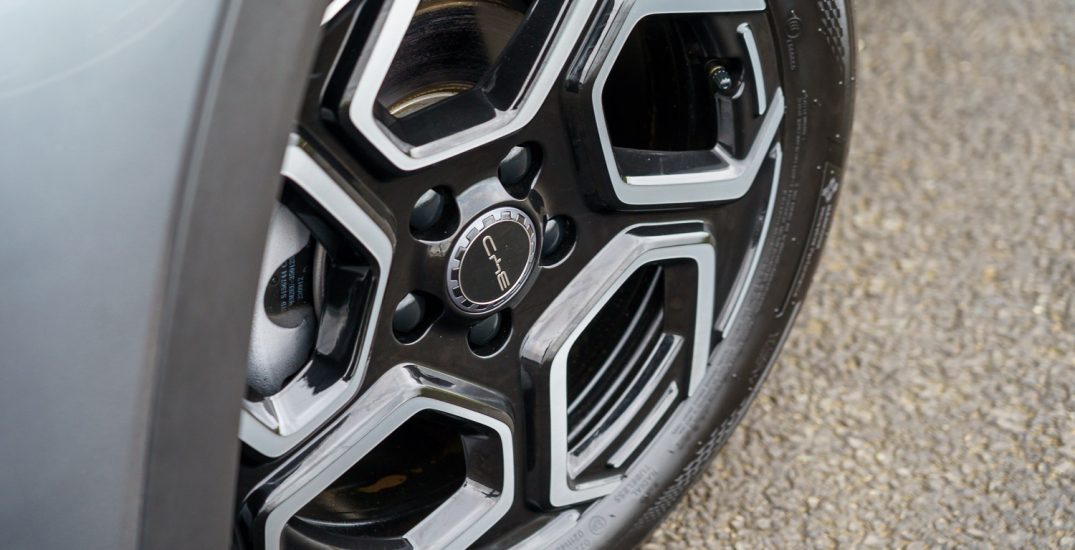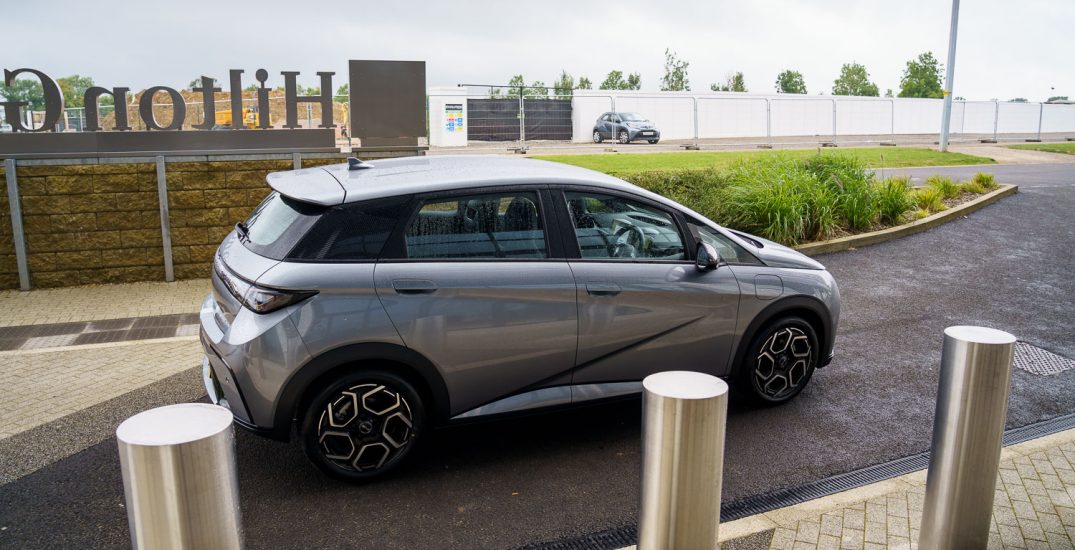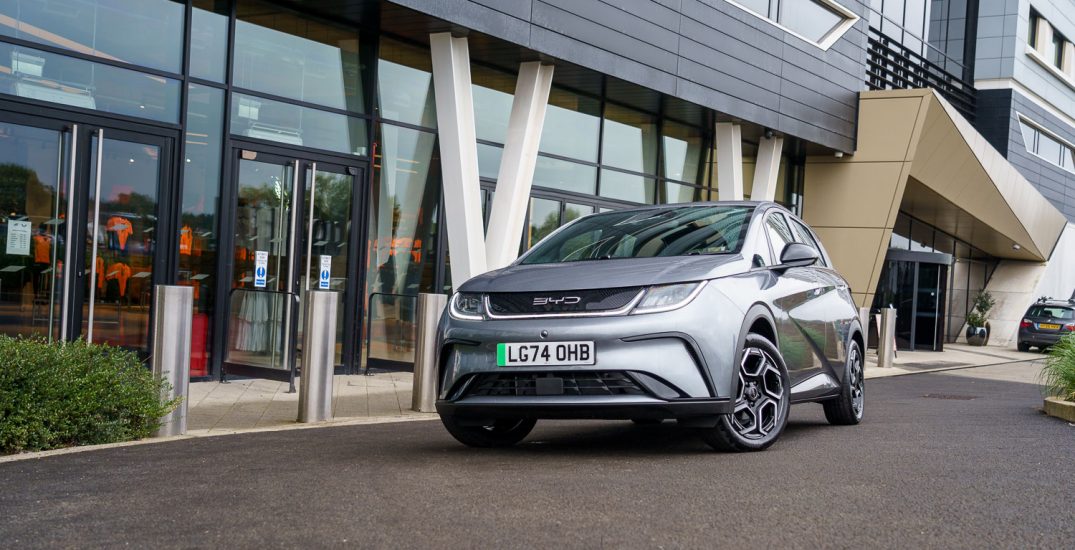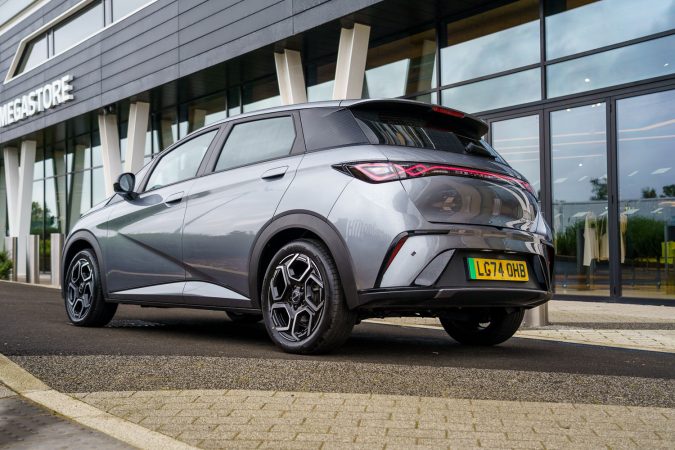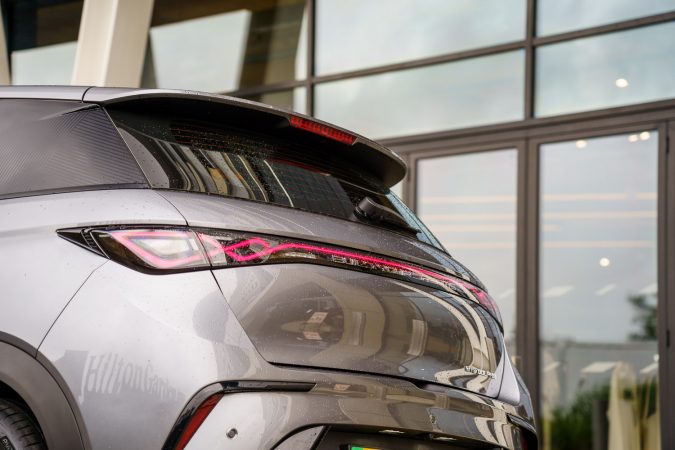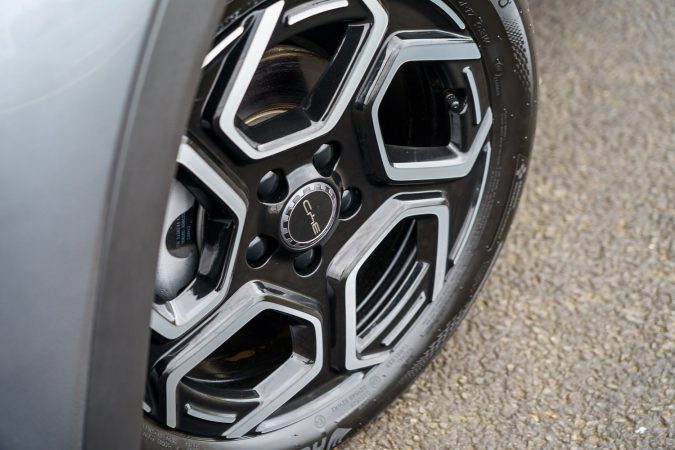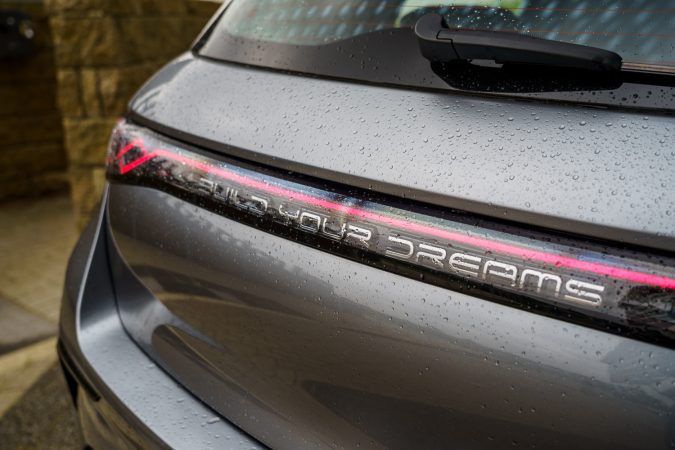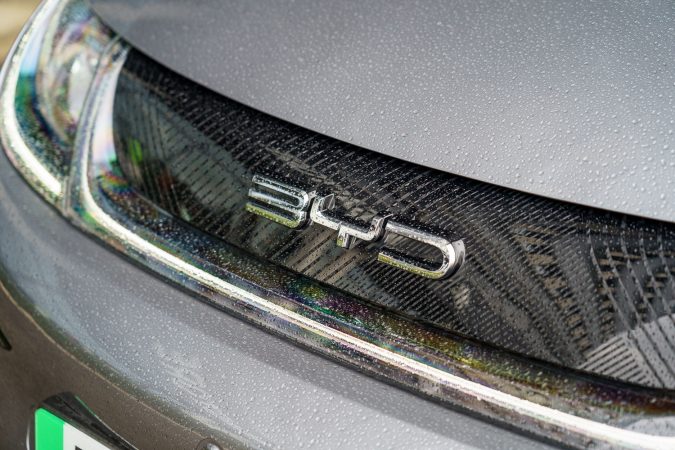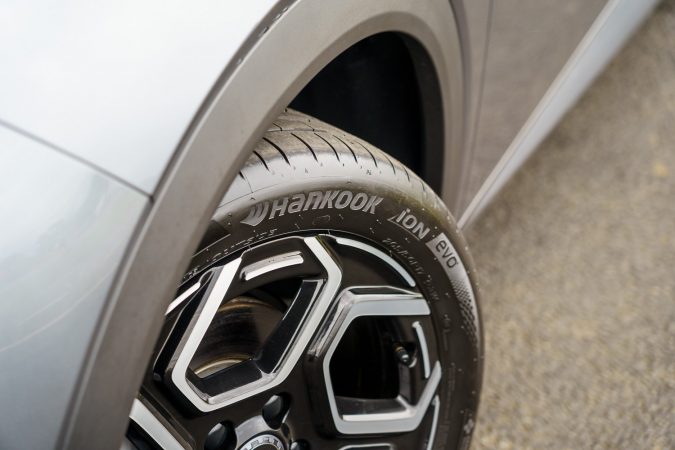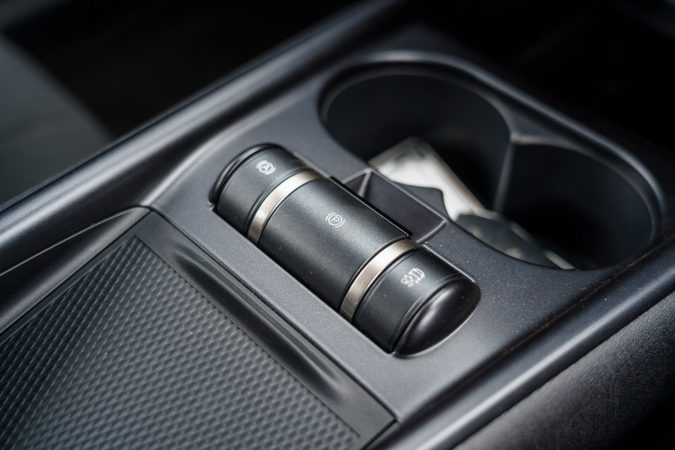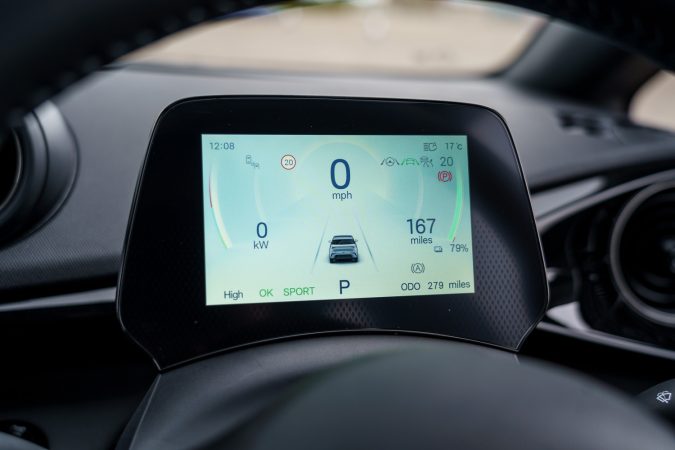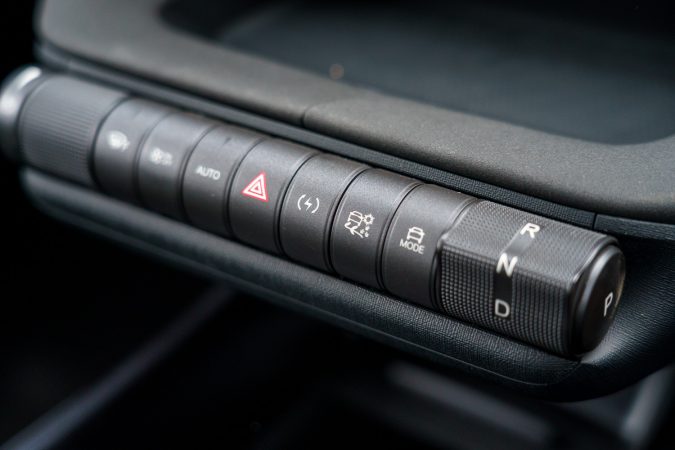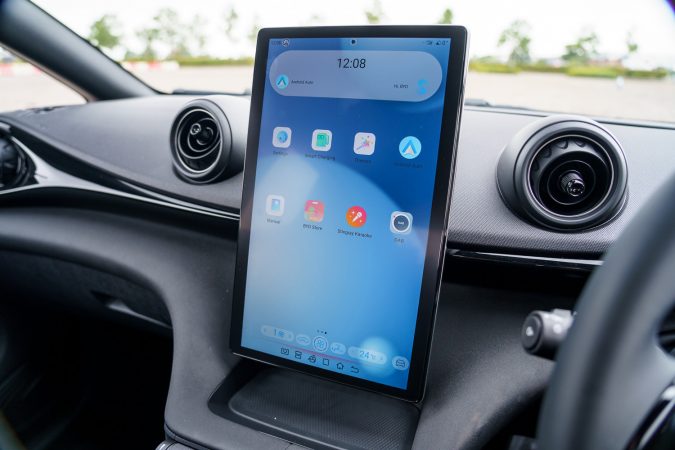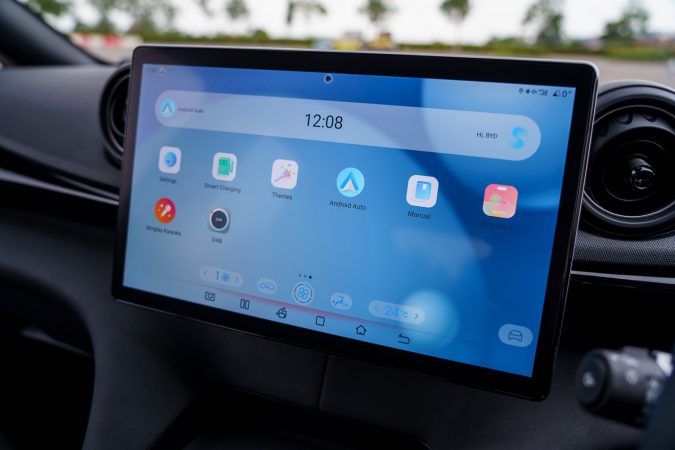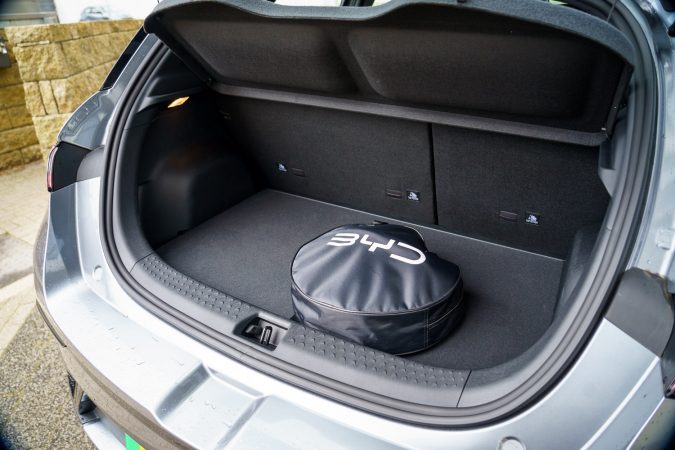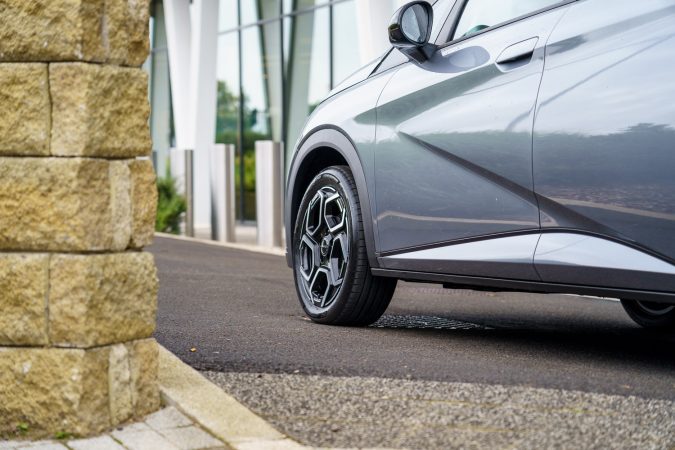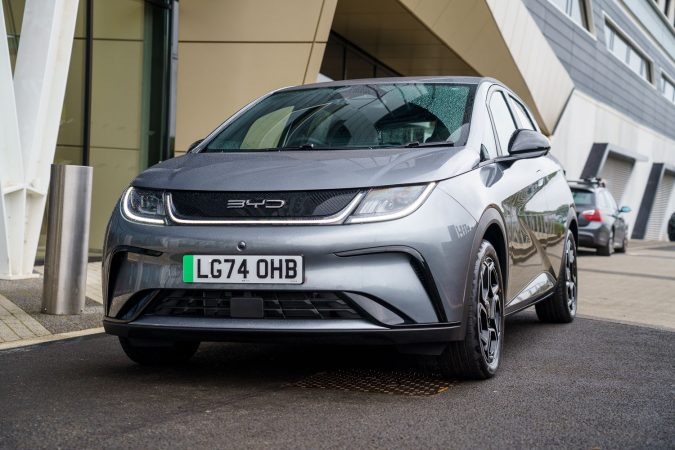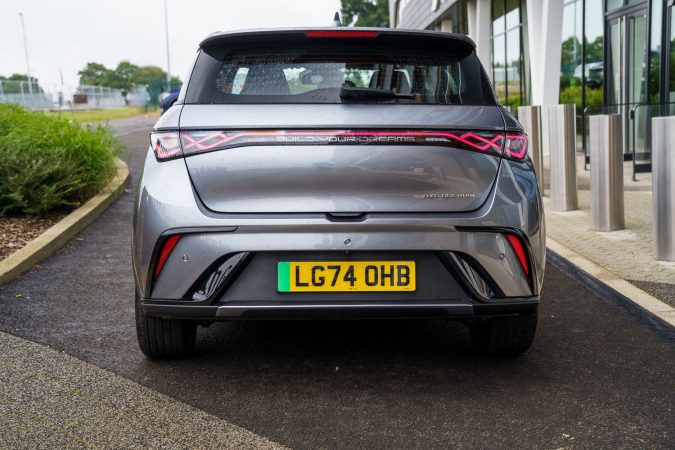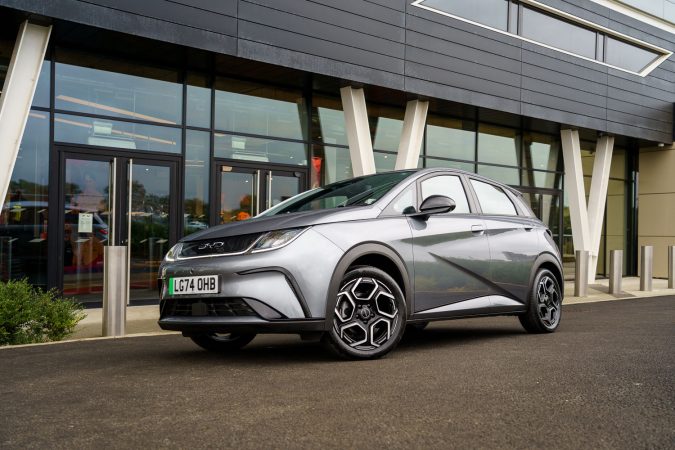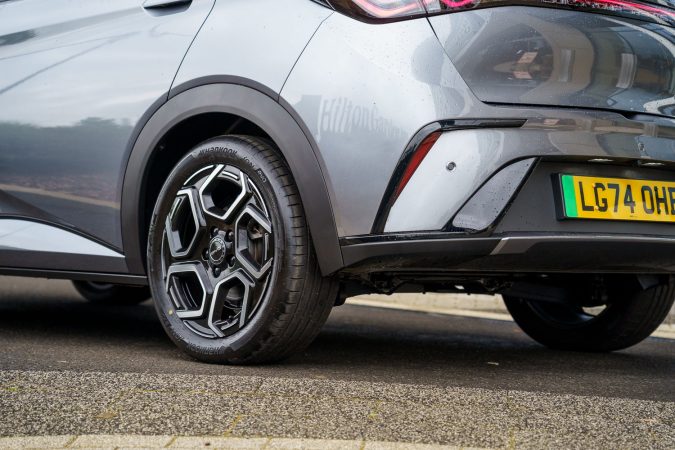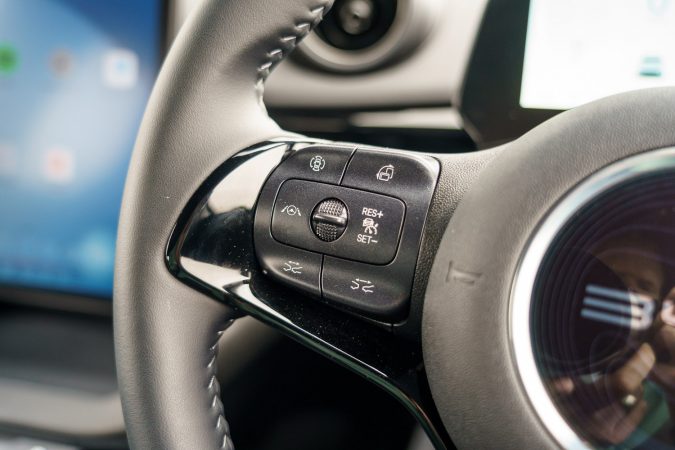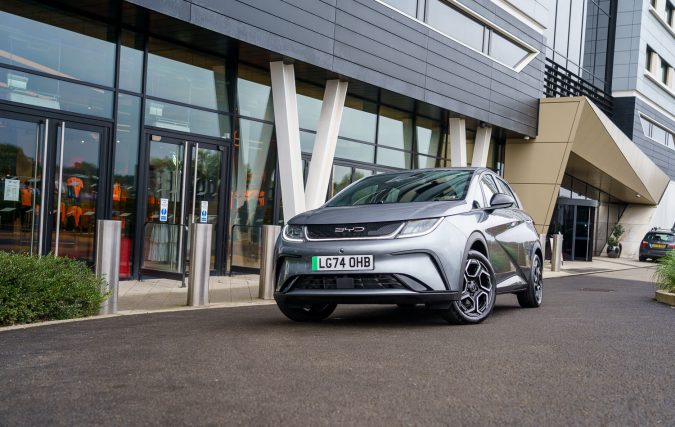When BYD first came to the UK not too long ago and brought over their Dolphin, it was only available with two trim levels originally… The Comfort and Design trims. I actually got the chance to drive and review the latter model, which left me quite impressed. It’s inspiring to see a brand like BYD make a car this well-rounded and well-thought-out right out of the gate, and be able to compete with existing players in the EV space. But, now that BYD is a bit more comfortable with the European and UK electric car market, they have announced two more trim levels coming to showrooms near you… The Active and Boost trims.
Both of them now undercut the Comfort and their flagship Design models. This time around, I’d been given the chance to experience the Active and Boost trims, this review focuses on the Boost trim level which could be argued is the sweet spot of the BYD Dolphin range. This then begs the question… Is this cheaper Dolphin trim level a bit too much of a compromise, or will it offer would-be buyers a better deal, instead? I do quite like this new, lower, and much more attractive starting price of £27,165. TL;DR, if you’re willing to give up a tiny bit of range and don’t need those extra miles in the battery anyway, I think either the Active or Boost trim could be worth considering.
What Is The BYD Dolphin Boost About?
Design-wise, the BYD Dolphin in Boost guise is mostly identical to the Design trim that I drove late last year, with the exception of a few trim-specific changes. The most noticeable change in appearance is the lack of a two-tone paint this time around, and different wheel designs, too. Speaking of, the Boost model here comes with 17-inch alloys, instead of the 16-inch wheels on the entry-level Active trim. Now, I do remember not too long ago that I wasn’t all too keen about the design of the BYD Dolphin.
I thought back then that it looked good, but it’s nothing too spectacular. Now, though, I think I’ve warmed up to its looks quite a bit more. Not that it’s changed much, frankly. It still has that ‘Build Your Dreams’ text on the rear light bar, to remind you what B-Y-D means. And, it does have a pretty cool lighting signature in the back. There’s also a neat pattern on the C-pillar, which is repeated on the front grille, accompanied by strong, aggressive body lines along the side of the Dolphin.
As cute as its name is, the Dolphin is overall, a rather small, compact hatchback, which ought to be perfect for British and European roads. Oh, and here’s another fun fact about the Dolphin… BYD is proud of the fact that most of the Dolphin is built in-house. This goes all the way from the battery pack to the powertrain, and even the sheet metal that goes into the bodywork. As far as I’m told, the only two things that BYD doesn’t make themselves is the windscreen and the tyres.
How Does It Drive?
When it comes to affordable electric vehicles, there’s usually nothing much to say about the driving experience that sets them all apart or makes one EV more unique than the other. Yet, given how consistently good the benchmark is, the BYD Dolphin manages to maintain an A+ driving experience. In short, it’s really quiet and comfortable, and the suspension does a fantastic job at soaking up all those bumps and undulations that are common here with British roads.
While I’m certainly not going to compare the BYD Dolphin against sportier, more focused hot hatches, it does feel rather light and nimble to drive. On the right stretch of road and with some encouragement from your right foot, it can be rather fun. Although, if performance is something of a concern to you, it should be noted that the entry-level Active trim is more underpowered compared to the Boost trim. I mean, there is a large deficit in performance, with the Active trim boasting 95PS while the Boost trim offers a whopping 176PS. All those extra horses do make a difference, I’ve found.
So, unless you’re planning to only use your BYD Dolphin for the most basic day-to-day commutes and don’t mind getting from A to B slowly, the Boost is a more appealing package for me, personally. But, regardless of whichever one you choose, the Dolphin features BYD’s shiniest, latest EV architecture, which combines most of the powertrain into a singular unit. Their so-called “8-in-1 powertrain” includes key components like the battery management system and the vehicle control unit. According to BYD, they’ve been able to achieve 89% efficiency, and while I can’t scientifically test this, seeing how it performs, it sounds about right.
What Is It Like Inside?
Once you step inside the BYD Dolphin, just like the Design trim, it’s a really pleasant place to be. BYD takes a far more minimalistic approach to interior design, which might put some folks off, but I’m a fan. Thankfully, there’s at least a row of physical buttons and switches, which also include the small, subtle gear shifter. This bank of knobs on the centre console mostly encompasses crucial car controls, like your drive modes, battery regen, and so on. Most of the other controls, meanwhile, are tucked inside the Dolphin’s huge infotainment display, which has one really handy gimmick, in that it pivots.
As such, with relative ease, you’re able to pivot the entire display from portrait to landscape, and back again, depending on what you’re doing. For my use case, for example, I find that using the display in portrait mode is great for when I’m checking out the satnav, as there’s a lot more screen real estate to show what’s in front of me. On the other hand, for everything else, either you’re fiddling about with the climate controls, or picking which radio station to tune in to, keeping it in landscape mode is just fine. Plus, just like a tablet or smartphone, the entire UI will rotate accordingly, when you pivot the screen.
It’s really cool, though bear in mind that as of writing, Android Auto only works in landscape mode from my testing. Otherwise, the user interface is super intuitive and easy to use, no different than an iPad, and there’s an app store built in. There is even a karaoke app included in the infotainment system, because why not? Aside from the gimmicky – yet surprisingly useful and functional – infotainment display, there’s another, way smaller screen for your gauges. It’s quite tiny, and the UI is a bit too busy to fill in all your important readouts on such a small screen, but it works just fine enough.
From a more practical standpoint, it’s still the same old Dolphin that I drove not too long ago, which is no bad thing. It goes to show just how far BYD is ahead of the curve with their battery design, where it still gives you a lot of range, but the entire, physical packaging of the battery pack itself is rather compact. This means you get more room in the cabin, with a good amount of space – leg room and headroom – for your rear passengers. On top of that, even the boot space is decent, top. If you drop down the rear seats, you’ll expand the cargo capacity from 345 litres to a pretty good 1,310 litres. Don’t get me wrong, the Dolphin is very much a compact hatch, but for how small it looks from the outside, it sure does feel bigger once you get inside.
The Experience
Compared to the higher-end trims (Comfort and Design), the Active and Boost trim levels get a smaller battery pack (60.4 kWh vs 44.9 kWh). So, that’s one noteworthy difference between them that you need to consider if you’re shopping for a Dolphin. Obviously, if you’re someone who puts a lot of miles day-to-day with your cars or go on long road trips often and don’t want to worry about running out of charge, it will be worth spending the extra. With that being said, for most UK motorists and given the average daily commuting distance, you might not need those bigger batteries, if you can’t spare the extra cash.
Specifically, with the Active trim level, BYD estimates a WLTP range of 211 miles, while with the Boost that I’m driving here, you’ll be getting around 193 miles, instead. That discrepancy is due to the fact that the Boost trim has more power, so that’s another thing worth thinking about when you’re spec’ing one, as well… Is the extra oomph really that worth it? Otherwise, both the Active and Boost trims’ batteries have a similar charging rate, supporting up to 65kW of DC power. Although, via AC power, the Active trim only goes up to 7kW, while the Boost can go to 11kW.
Now, if you’re able to find a fast charger, the 44.9kWh battery pack in both the Active and Boost trims will top up from 30% to 80% in just under 30 minutes. You might be wondering about that peak charging rate, given that some of its rivals outdo it on paper. While 65kW doesn’t sound at all impressive compared to some other EVs out there with triple-digit peak charging rates, BYD’s almost-magical battery tech and architecture do mean that the Dolphin is able to sustain that aforementioned 65kW peak charge rate more consistently and for longer. That’s unlike some of its rivals, where you’ll notice a drop-off in peak charge over time.
Aside from that, the Dolphin, as expected, comes with BYD’s Blade Battery design, which is a win-win in almost every regard when it comes to EVs. It’s robust – having survived some pretty serious stress tests – not to mention offering superbly competitive thermal stability, energy efficiency, and high density. More importantly for people who live in chillier climates, the Dolphin will come as standard with a heat pump, which should preserve more of your battery’s charge when the temperature drops. Elsewhere, with a built-in V2L (vehicle-to-load) system, you can essentially use your BYD Dolphin as a huge battery, as well.
BYD Dolphin Boost Cost
If you’re ever confused about the BYD Dolphin’s four trim levels that they now offer for folks here in the UK, just remember it as A (Active), B (Boost), C (Comfort), and D (Design). The Active trim starts from £26,195, while the Boost starts from £27,195. Alternatively, if you want that bigger battery pack, you’ll have to cough up £30,195 to get into the Comfort trim, or at least £31,695 for the Design trim. There are a small handful of optional extras that you can spec for your Dolphin, but for the most part, you’ll have to pick the right trim level from the get-go, as there are limited upgrade paths for each one.
But hey, at least BYD does offer a comprehensive ADAS suite as standard with the Dolphin. This includes forward (and rear) collision warning, automated emergency braking, rear cross-traffic alert, lane-departure warning, lane-keep assist, adaptive cruise control, and more. There are a few more safety systems and driver aids that you can spec as extras (like blind spot monitoring), too. Another bit of tech inside the Dolphin that makes living with it that much easier is the 360-degree camera system, which is a nice quality-of-life upgrade for parking and manoeuvring about. All in all, then, it’s great value all around.
Verdict
For those of you who don’t need the extra range, these new Active and Boost trim levels still offer you a good amount of driveability and endurance, yet with a lower price tag. So, why should you pay more for all those extra miles if you’re not going to use it, anyway? Of course, whether or not you should spring more for the bigger batteries will depend on your specific use case and situation, and that’s not something I can judge for you. But for me, personally, this lower barrier to entry makes the Active and Boost trim levels for the BYD Dolphin an easy recommendation for folks looking into getting an EV, but without breaking the bank.
Specification
BYD Dolphin Boost Specs
- Price: £27,195
- Engine: Single-motor, 44.9kWh battery
- Power: 176PS
- Torque: 260Nm
- 0-62mph: 8.0 seconds
- Top speed: 99mph
- Weight: 1,700kg
- Economy combined: 193 miles (WLTP)
- CO2: 0g/km

